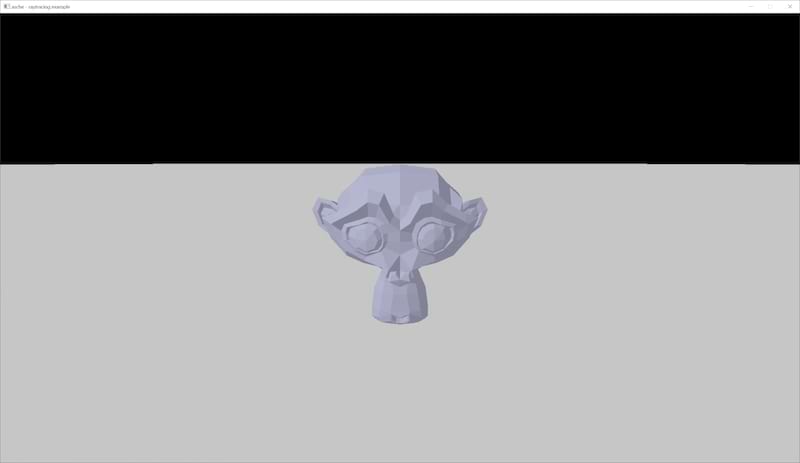27 stable releases
| 2.0.0 | Jul 28, 2021 |
|---|---|
| 1.12.0 | Jul 22, 2021 |
| 1.4.0 | Jun 14, 2021 |
| 1.3.1 | Apr 21, 2021 |
| 1.0.2 | Mar 31, 2021 |
#655 in Graphics APIs
720KB
5.5K
SLoC
asche
Provides an abstraction layer above erupt to easier use Vulkan in Rust. Mainly handles the Vulkan busywork (device initialization, memory handling etc.) and the lifetimes of objects.
No validation and a lot of pain. Lifetimes are not fully tracked, so you need to pay attention when to drop which resource to avoid UB (check the validation layer).
You most likely want to use wgpu-rs instead!
Requirements
Vulkan 1.2+ driver.
Features
tracingAdds logging using tracing.profilingAdds support for profiling.vk-buffer-device-addressUses the buffer device address Vulkan feature. Mainly useful when using the raytracing extension.
tracing and vk-buffer-device-address are enabled by default.
Examples
Examples are provided.
Triangle
Most simple example that shows how to draw a triangle in Vulkan.

Cube
Shows how to use push constants, vertex and index buffers and also compressed textures.

Raytracing
Uses the VK_raytracing_KHR extension to fully ray trace a simple scene. Shows how to initialize
and use acceleration structures (triangle based), create and use the shader binding table (SBT), use
descriptor indexing with non uniform indexes and partial binds, write raytracing shader and do very
basic lightning.

Compute
Simple compute example.
License
Licensed under MIT or Apache-2.0 or ZLIB.
Dependencies
~7–31MB
~458K SLoC